and the distribution of digital products.
The 7 Competitors Vying for the Ultimate Quantum Computing Architecture
Quantum computing, a revolutionary field at the intersection of physics and computer science, promises to reshape our world by tackling problems currently intractable for even the most powerful classical computers.
Unlike classical computers that store information as bits representing either 0 or 1, quantum computers utilize qubits.
Qubits can represent 0, 1, or a superposition of both states simultaneously, thanks to the principles of quantum mechanics.
This, coupled with another quantum phenomenon called entanglement, allows quantum computers to perform a vast number of calculations in parallel, offering exponential speedups for specific types of problems.
The promise of quantum computing is immense, with potential applications spanning:
- Drug discovery and materials science (by simulating molecules with unprecedented accuracy)
- Financial modeling (optimizing investment portfolios and risk assessment)
- Cryptography (breaking existing encryption standards and enabling new secure communication methods)
- Artificial Intelligence (enhancing machine learning algorithms)
- Logistics and Optimization (solving complex routing and scheduling problems)
- General-Purpose Optimization (this covers a large class of systems everywhere)
- And many others that are unknown today but will emerge as research accelerates.
Various physical implementations, or architectures, are being explored for quantum computing.
Each has unique strengths, weaknesses, and a dedicated community of researchers and companies striving to build fault-tolerant, large-scale quantum machines.
Exploring the Quantum Landscape: A Look at Leading Architectures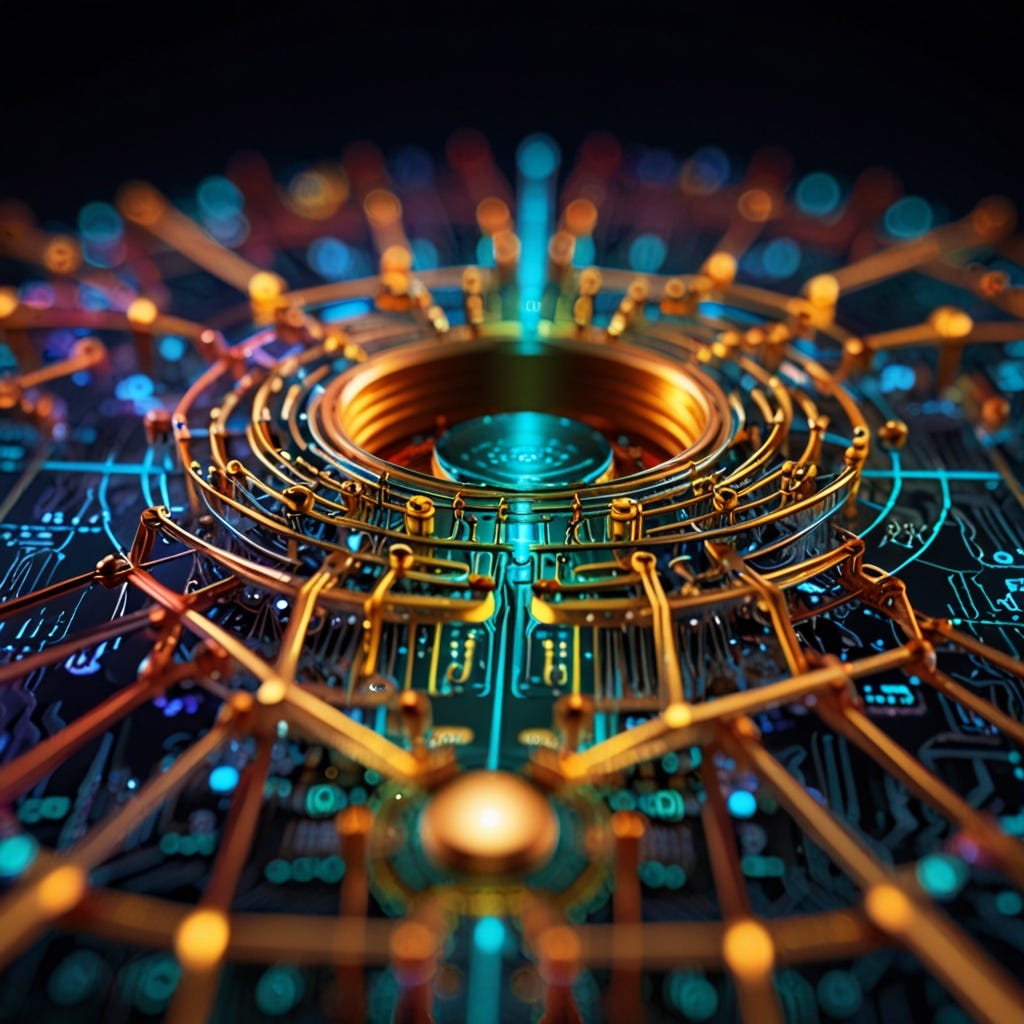
The quest for a fault-tolerant quantum computer has led to the exploration of numerous physical systems.
Below, we delve into the most prominent approaches:
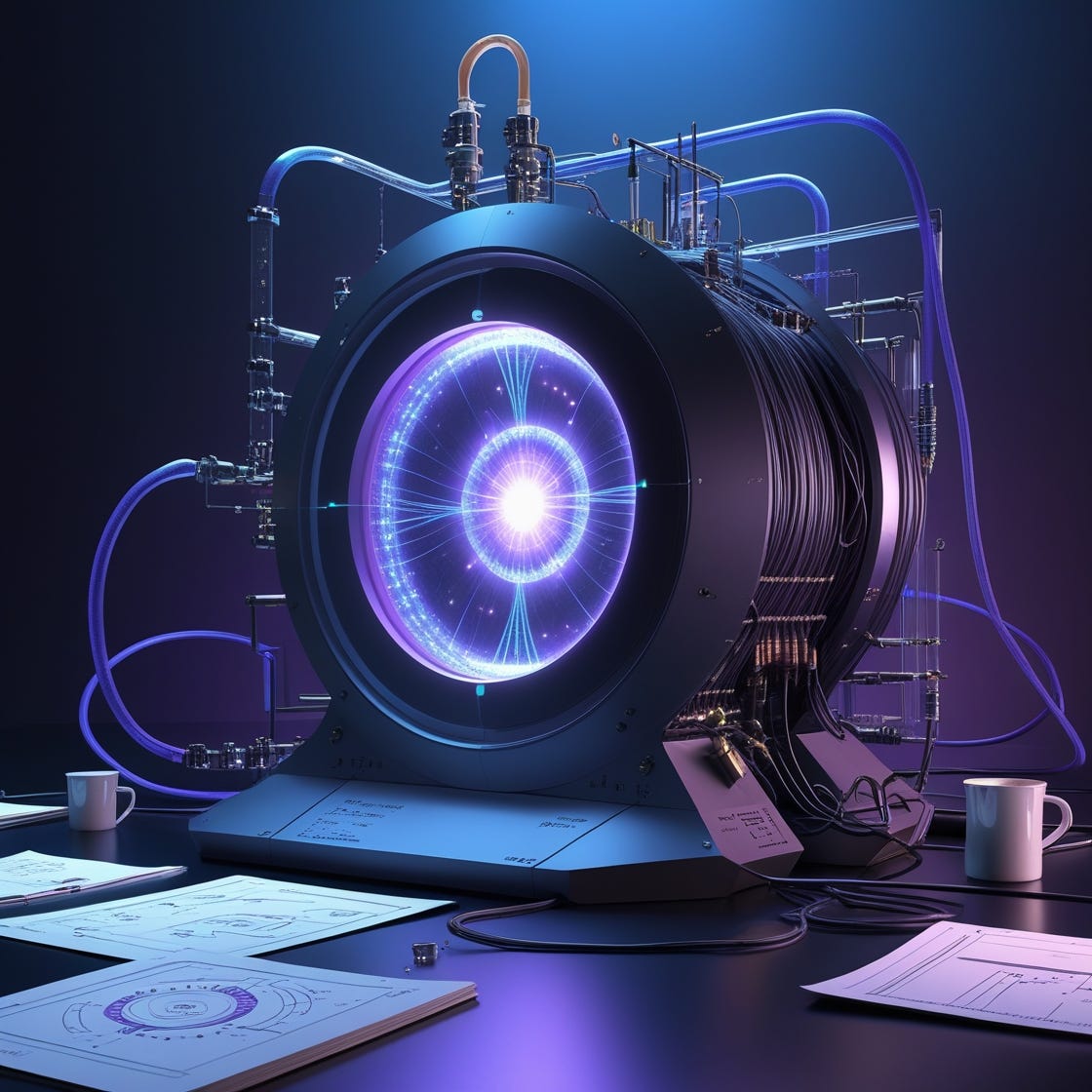
- Superconducting qubits are typically made from superconducting materials like niobium or aluminum, patterned on a silicon or sapphire substrate.
- They often involve Josephson junctions, which are thin insulating barriers between two superconductors, creating a nonlinear inductor that allows the qubit to have distinct energy levels.
- These circuits are cooled down to milli-Kelvin temperatures in dilution refrigerators to maintain their superconducting state and minimize thermal noise.
- Qubit states (0, 1, and superpositions) are represented by different energy levels of the superconducting circuit.
- Microwave pulses are precisely applied to control the state of individual qubits (single-qubit gates) and to entangle them with neighboring qubits (two-qubit gates).
- Readout of the qubit state is typically performed by coupling the qubit to a resonator and measuring the change in the resonator's properties.
- Scalability: Leveraging established semiconductor fabrication techniques allows for the potential to create chips with a large number of qubits.
- Fast Gate Speeds: Microwave pulses enable relatively fast quantum operations, typically in the nanosecond range.
- High Fidelity: Significant progress has been made in achieving high-fidelity single and two-qubit gates.
Decoherence: Qubits are extremely sensitive to environmental noise (e.g., electromagnetic fields, temperature fluctuations), leading to a loss of quantum information (decoherence).
Connectivity: Achieving high connectivity between all qubits on a chip can be challenging, sometimes limiting the efficiency of quantum algorithms.
Cryogenics: The requirement for ultra-low temperatures necessitates complex and expensive cryogenic infrastructure.
Manufacturing Variability: Slight variations in the fabrication process can lead to differences in qubit properties, requiring careful calibration.
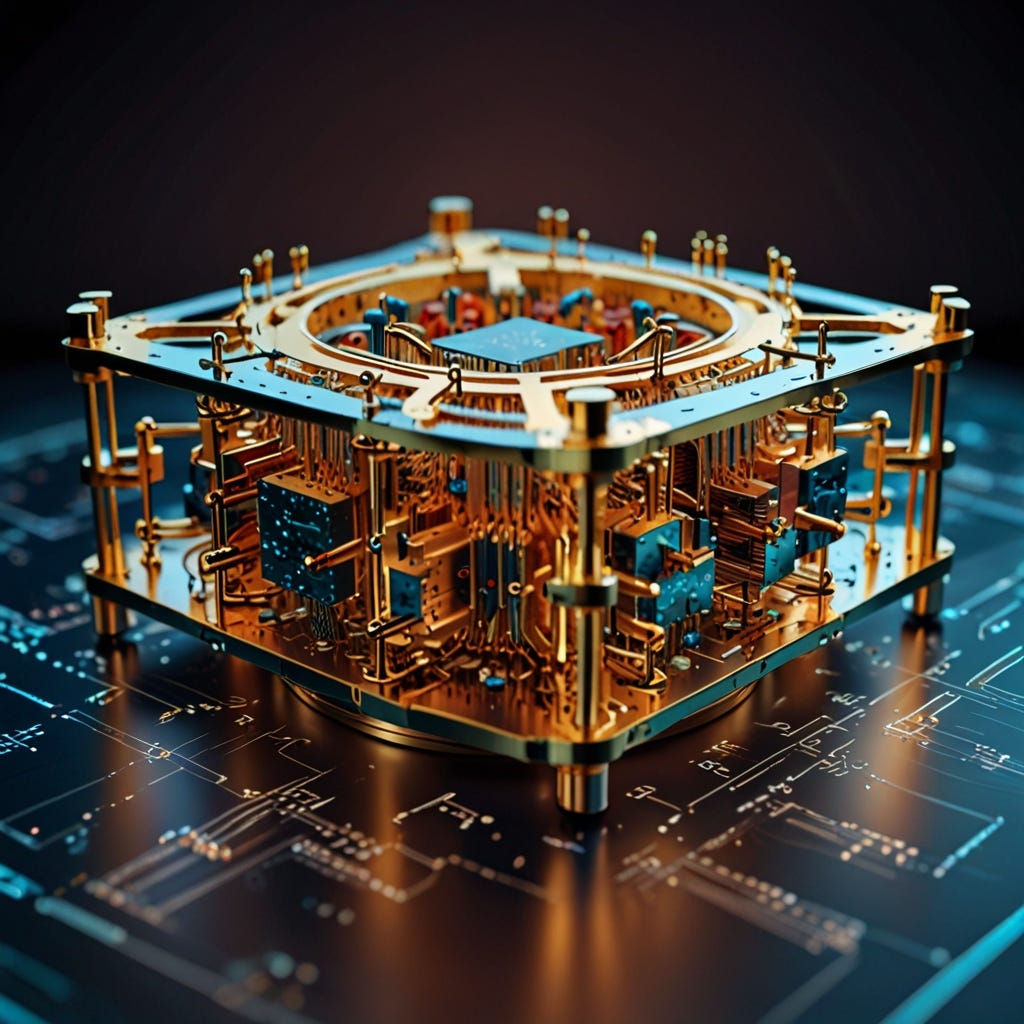
- Google Quantum AI:
- Demonstrated "quantum supremacy" in 2019 with their 53-qubit Sycamore processor, performing a specific task faster than the most powerful classical supercomputers at the time.
- Published research on quantum error correction, including demonstrating the ability to reduce errors by increasing the number of qubits.
- Continuously working on developing more powerful processors with improved coherence and connectivity.
- IBM Quantum:
- Provides cloud access to a fleet of quantum processors, allowing researchers and developers to experiment with quantum algorithms.
- Has a roadmap for scaling its processors, with chips exceeding 1,000 qubits (e.g., Condor) and plans for even larger systems.
- Focuses on building a full quantum computing stack, from hardware to software and community building.
- Announced the 1,121-qubit Condor processor and the 133-qubit Heron processor with significantly reduced errors.
- Rigetti Computing:
- Develops superconducting quantum processors and provides cloud access.
- Employs a multi-chip architecture to scale its systems.
- Has focused on improving gate fidelities and qubit coherence.
- Announced the 84-qubit Ankaa-2 system.
- Quantinuum (merged Honeywell Quantum Solutions and Cambridge Quantum):
- While Quantinuum's primary focus is trapped-ion technology, Honeywell had prior research in superconducting qubits.
- The merged entity leverages expertise across different quantum technologies.
- Alibaba Quantum Laboratory:
- Has been developing superconducting quantum processors and exploring quantum applications.
- 1-3 Years:
- Continued improvements in qubit quality (coherence times, gate fidelities), development of processors with several hundred to a few thousand physical qubits.
- Focus on demonstrating quantum advantage for specific, well-defined problems.
- Enhanced quantum error correction experiments.
- 3-5 Years:
- Emergence of early fault-tolerant qubits, demonstrating logical qubits with significantly improved lifetimes.
- Processors with thousands of physical qubits enable more complex algorithms and error correction codes.
- Exploration of broader applications and development of more sophisticated quantum software.
- 5-10 Years:
- Potential for small-scale fault-tolerant quantum computers capable of solving problems beyond the reach of classical computers in specific domains.
- Further scaling of qubit numbers and improvements in connectivity and control.
- Development of a more mature quantum computing ecosystem, including software tools and algorithms.
- Superconducting qubits are currently one of the leading and most well-funded approaches.
- The strong backing from major technology companies and the leveraging of existing semiconductor manufacturing expertise provide a solid foundation for continued progress.
- The primary challenge remains achieving fault tolerance by effectively combating decoherence and implementing robust quantum error correction.
- Companies like Google and IBM are aggressively pursuing this goal, and their roadmaps suggest significant advancements in the coming decade.
- The future will likely see a continued race towards higher qubit counts, lower error rates, and the demonstration of practical quantum advantage.
- Success will depend on overcoming significant physics and engineering hurdles, particularly in materials science and large-scale system integration.
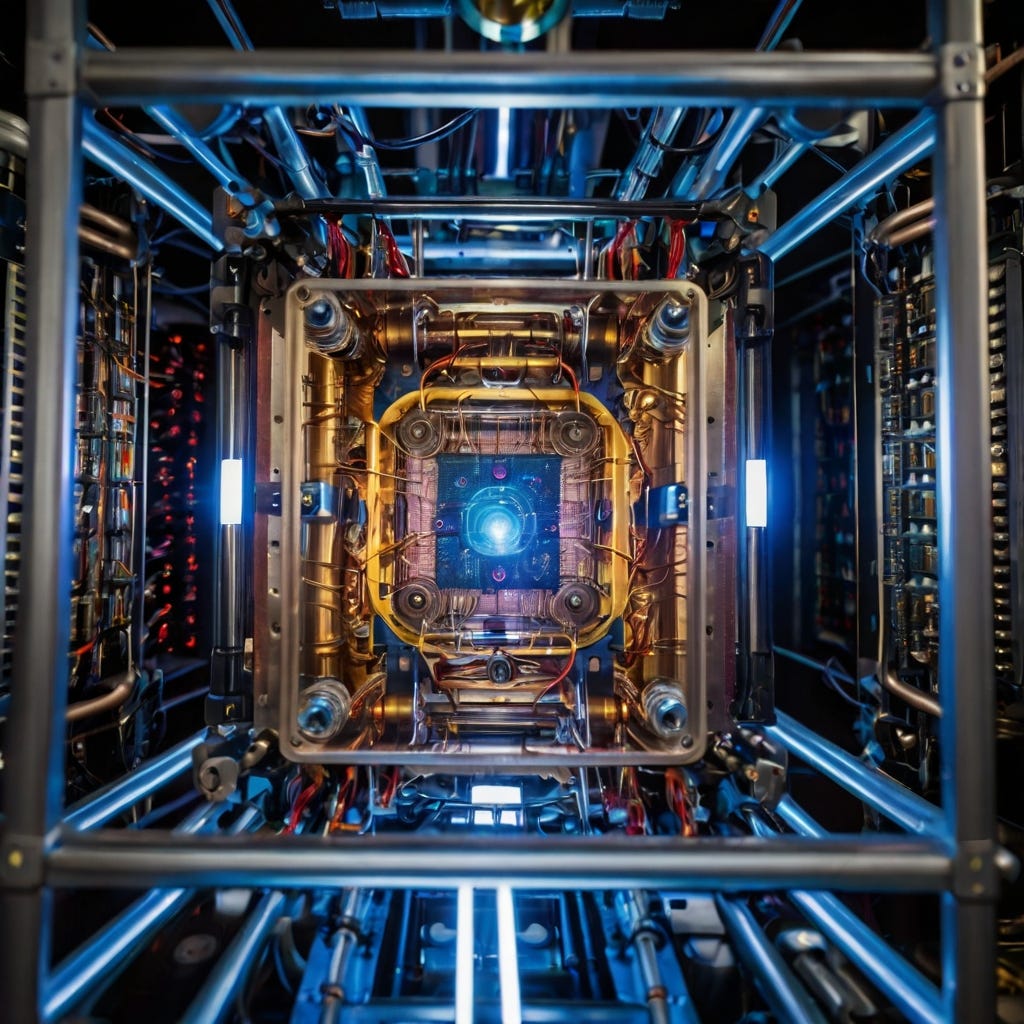
- Trapped ion qubits consist of individual atoms (ions) that are charged and confined using electromagnetic fields.
- These ions are typically held in a vacuum chamber within a device called an ion trap, which can be a linear Paul trap or a Penning trap.
- Lasers are used for cooling the ions, initializing their quantum states, performing quantum gate operations, and reading out the final states.
- The quantum states (0 and 1) are represented by stable or metastable electronic energy levels within each trapped ion.
- Lasers are precisely tuned to induce transitions between these energy levels, allowing for single-qubit rotations.
- Two-qubit gates are typically implemented by using lasers to couple the internal electronic states of two ions via their collective motion (phonons) in the trap.
- The final state of each ion is read out by shining a laser that causes ions in one state to fluoresce (emit light), which can then be detected by a sensitive camera or photodetector.
- Long Coherence Times:
- Ions are well-isolated from the environment in a vacuum, leading to very long coherence times, often orders of magnitude longer than other qubit modalities.
- High Gate Fidelities:
- Laser-driven gates can achieve very high precision for both single and two-qubit operations.
- Identical Qubits:
- All ions of the same atomic species are inherently identical, eliminating manufacturing variability as a source of error.
- High Connectivity:
- Ions within a trap can all be coupled to each other, potentially allowing for all-to-all connectivity, which is beneficial for many quantum algorithms.
Slow Gate Speeds:
The interaction mediated by phonons and the physical movement of ions can lead to slower gate operations compared to solid-state systems like superconducting qubits.
Scalability:
Trapping and precisely controlling a very large number of ions in a single trap becomes increasingly difficult.
Architectures involving shuttling ions between different trapping zones or connecting multiple traps are being explored but add complexity.
Laser Control Complexity:
Requiring numerous precisely controlled lasers for addressing individual ions and performing gates adds to the system's complexity and potential points of failure.
Maintaining Vacuum and Trap Stability:
The high vacuum environment and stable electromagnetic fields are critical and require sophisticated engineering.
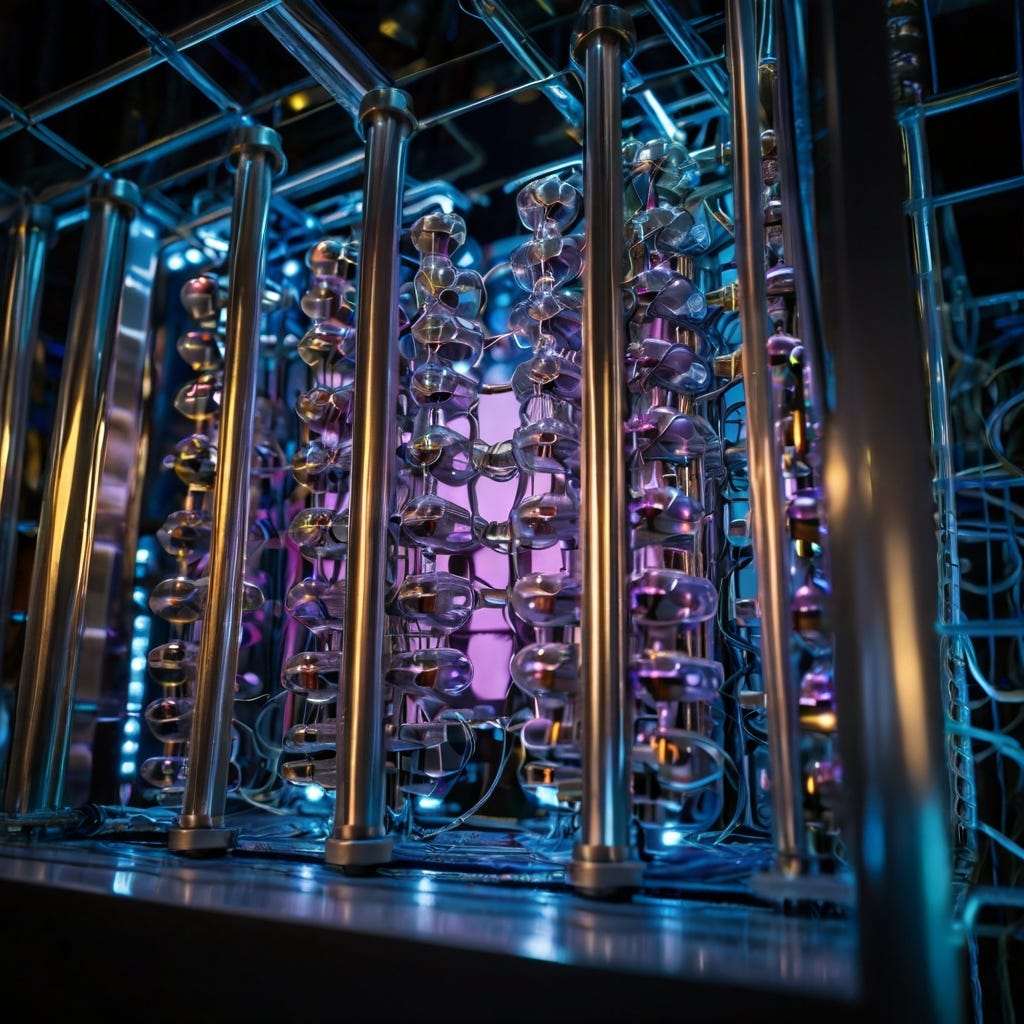
- Quantinuum (merged Honeywell Quantum Solutions and Cambridge Quantum):
- Developed quantum charge-coupled device (QCCD) architecture, allowing ions to be moved between different zones for interaction and readout.
- Achieved high fidelities for single and two-qubit gates.
- Demonstrated "quantum volume" milestones, a metric that measures the overall capability of a quantum computer.
- Released the H-series quantum computers, with the H2 processor achieving a quantum volume of 65,536.
- Focused on developing quantum algorithms and software, including for quantum chemistry and cybersecurity.
- IonQ:
- Develops trapped ion quantum computers accessible via cloud platforms.
- Has focused on achieving high qubit quality and connectivity.
- Reported high average single and two-qubit gate fidelities.
- Announced systems like IonQ Forte and plans for future generations with increased qubit counts and performance.
- Has partnerships with various institutions and companies to explore quantum applications.
- Alpine Quantum Technologies (AQT):
- Based in Austria, AQT develops rack-mounted trapped ion quantum computers.
- Focuses on providing turn-key systems for research and industry.
- Offers cloud access to its quantum processors.
- Universal Quantum:
- A UK-based company developing trapped-ion quantum computers based on a unique modular approach using silicon microchips to connect individual quantum computing modules.
- Aims to build large-scale, error-corrected quantum computers.
- 1-3 Years:
- Continued improvements in gate speeds and fidelities.
- Scaling to systems with tens to a few hundred physical qubits with high connectivity.
- Demonstration of more complex quantum algorithms and early error correction protocols.
- 3-5 Years:
- Development of more sophisticated QCCD-like architectures or photonic interconnects to scale to larger numbers of qubits (hundreds to potentially over a thousand).
- Further reduction in error rates and demonstration of logical qubits.
- 5-10 Years:
- Potential for fault-tolerant quantum computers based on trapped ions, capable of solving commercially relevant problems.
- Integration of advanced error correction and development of a more mature software stack.
- Continued exploration of modular architectures for massive scaling.
- Trapped ions are a very promising platform due to their inherent high qubit quality and long coherence times.
- The main challenge lies in scaling the systems to thousands and millions of qubits while maintaining performance and addressing the slower gate speeds.
- Companies like Quantinuum and IonQ are making significant strides in developing modular and scalable architectures.
- The QCCD approach and efforts to integrate photonic interconnects are key to overcoming scaling limitations.
- If these engineering challenges can be met, trapped ions have a strong potential to lead to fault-tolerant quantum computation.
- The focus will be on improving gate speeds, demonstrating robust error correction, and developing scalable manufacturing techniques for complex ion traps.
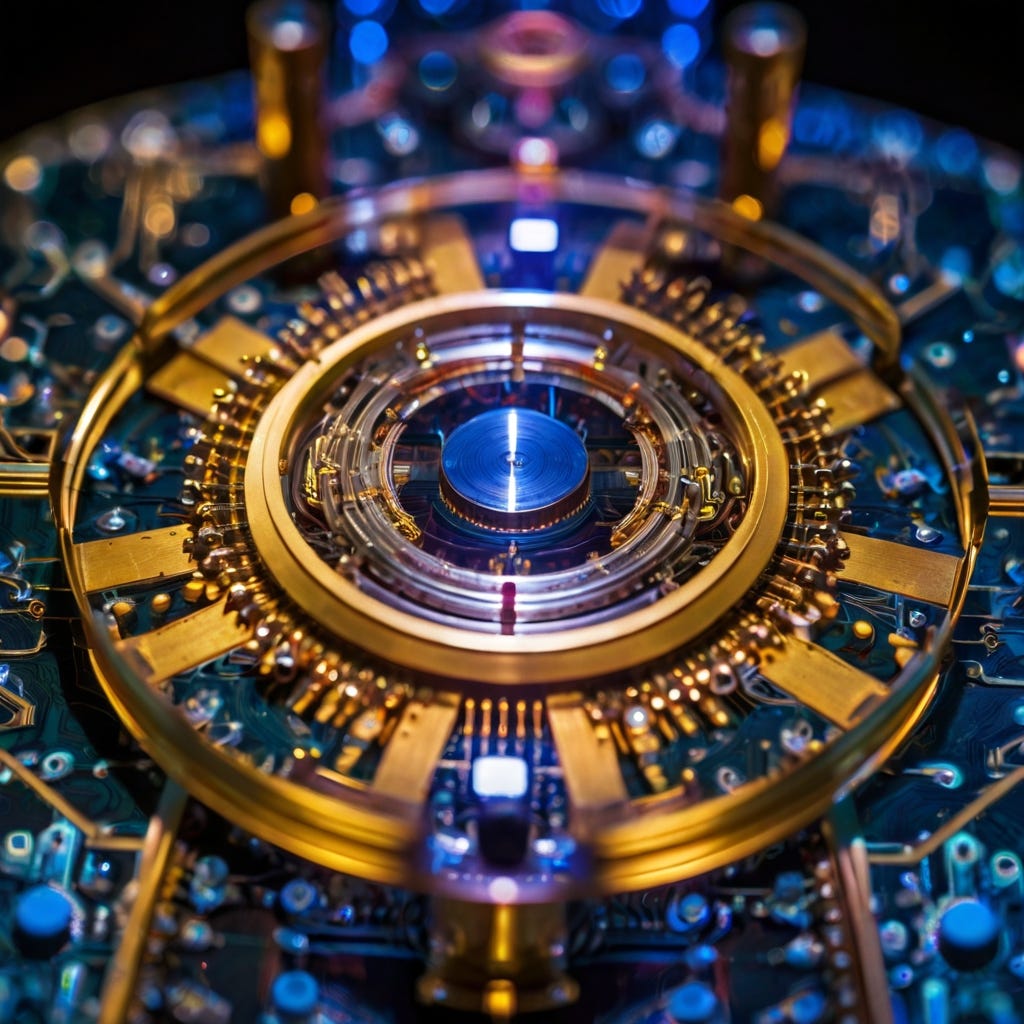
- Photonic qubits use individual photons as the carriers of quantum information.
- The qubits can be encoded in various properties of photons, such as their polarization, path, or time bin.
- Key components include single-photon sources (e.g., quantum dots, spontaneous parametric down-conversion), linear optical elements (e.g., beam splitters, phase shifters, mirrors), and single-photon detectors.
- Single-qubit gates are implemented by passing photons through optical elements like wave plates or phase shifters.
- Two-qubit gates are more challenging in pure linear optics and often rely on measurement-induced nonlinearity.
- This typically involves ancillary photons, interferometers, and measurements that herald the successful operation of a gate.
- Quantum information is processed as photons travel through a network of these optical components.
- Readout is performed by detecting the photons and their properties (e.g., polarization).
- Room Temperature Operation (for some aspects):
- Photons are robust against thermal decoherence, allowing some parts of the system to operate at room temperature, though sources and detectors might require cooling.
- Low Decoherence:
- Photons interact weakly with the environment, leading to long coherence times during propagation.
- Integration with Existing Fiber Optic Infrastructure:
- Potential for leveraging existing telecommunications technology for networking quantum computers.
- Scalability through Multiplexing:
- The ability to encode information in different degrees of freedom of light (e.g., time, frequency) offers pathways for multiplexing and increasing qubit density.
Probabilistic Gate Operations:
Entangling gates based on linear optics and measurement are often probabilistic, meaning they don't succeed every time.
This requires heralding and potentially many attempts, slowing down computation.
Photon Loss:
Photons can be lost in optical components or during transmission, which is a significant source of error.
Efficient Single-Photon Sources and Detectors:
Generating and detecting single photons with high efficiency, purity, and on-demand is technically challenging.
Building Large, Stable Interferometers:
Constructing and maintaining the stability of complex optical setups required for many qubits is difficult.
Lack of Direct Photon-Photon Interaction:
Photons do not naturally interact with each other, making deterministic two-qubit gates difficult to achieve without resorting to measurement-induced non-linearity or strong non-linear materials (which are still under development).
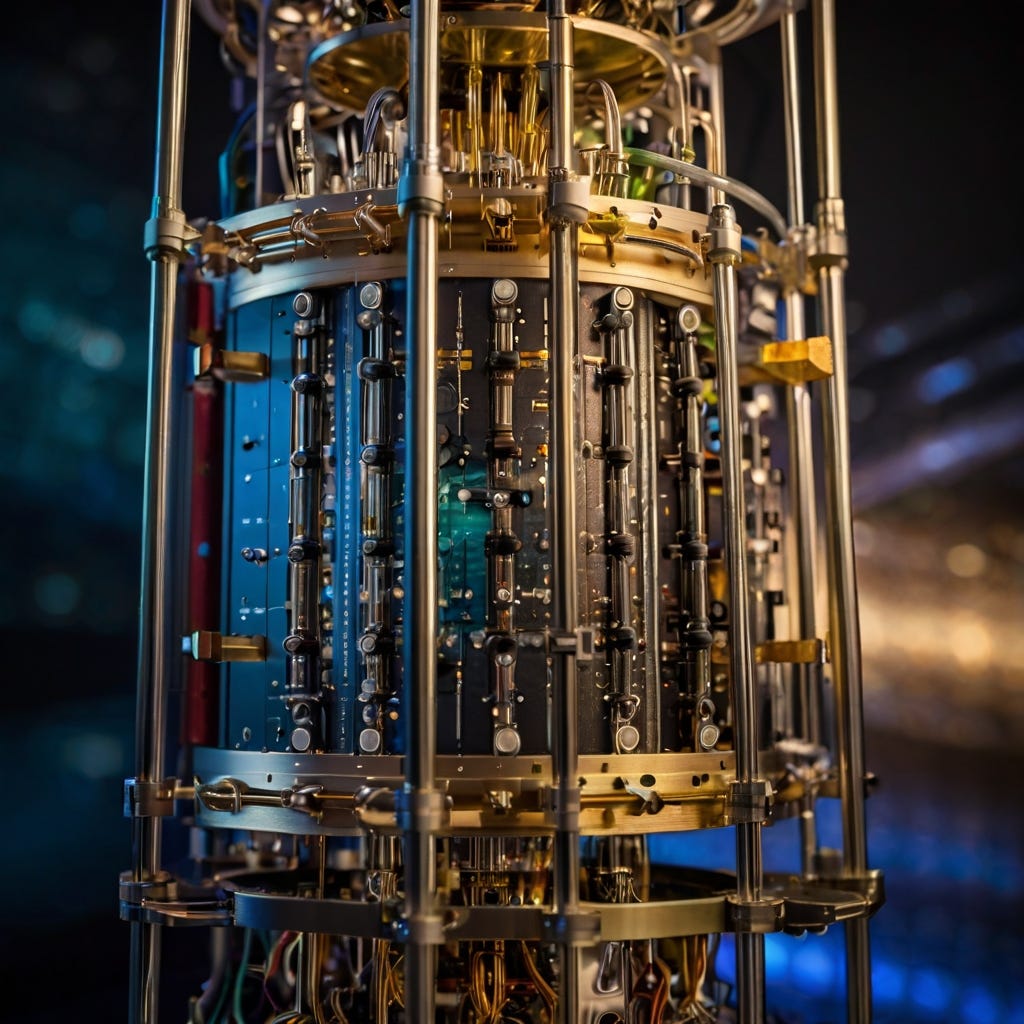
- PsiQuantum:
- A well-funded company pursuing a photonic approach based on fusion-based quantum computing (FBQC), which uses measurements to create entanglement between small resource states.
- Aims to build a million-qubit fault-tolerant quantum computer by leveraging existing semiconductor manufacturing processes for fabricating photonic chips.
- Largely operates in stealth mode but has published some research on its architecture and error correction.
- Partnered with GlobalFoundries to manufacture photonic chips.
- Xanadu:
- Develops photonic quantum computers accessible via their cloud platform (Xanadu Quantum Cloud) and open-source software (PennyLane, Strawberry Fields).
- Uses squeezed states of light (a type of continuous-variable quantum computing) and photon-number-resolving detectors.
- Has demonstrated "quantum computational advantage" on specific sampling tasks with their Borealis and X-Series chips.
- Focuses on a programmable and scalable photonic architecture.
- ORCA Computing:
- A UK-based company developing photonic quantum computers using a unique approach based on quantum memory and multiplexing.
- Aims to overcome challenges of photon loss and probabilistic gates by storing and reusing photons.
- Delivered a system to the UK Ministry of Defence.
- QuiX Quantum:
- A Dutch company specializing in photonic quantum processors based on silicon nitride (SiN) waveguides.
- Focuses on providing low-loss, high-performance photonic processors for quantum information processing and simulation.
- Offers off-the-shelf photonic processors.
- NTT (Nippon Telegraph and Telephone Corporation):
- Has a long history of research in optical technologies and has been exploring photonic quantum computing, including measurement-based approaches.
- Developing technologies for all-optical quantum repeaters and networks.
- 1-3 Years:
- Continued improvements in the efficiency of single-photon sources and detectors.
- Development of larger and more complex integrated photonic circuits.
- Demonstration of more sophisticated quantum algorithms on small-scale photonic processors.
- Further progress in reducing photon loss and improving gate fidelities.
- 3-5 Years:
- Potential for photonic systems with hundreds to a few thousand physical qubits (or equivalent in continuous-variable approaches).
- Demonstration of more advanced error correction techniques tailored for photonic systems (e.g., codes resilient to photon loss).
- 5-10 Years:
- Companies like PsiQuantum aim for fault-tolerant systems with very large numbers of qubits (approaching a million) within this timeframe, leveraging semiconductor manufacturing.
- Success will depend on overcoming significant engineering and physics challenges related to loss, gate determinism, and component efficiency.
- Development of quantum networks based on photonic links.
- Photonic quantum computing offers an appealing path due to its potential for room temperature operation (in parts) and leveraging existing fabrication technologies.
- The main hurdles are the probabilistic nature of some gate schemes and photon loss.
- However, innovative approaches like measurement-based quantum computing and the development of better components are addressing these issues.
- Companies like PsiQuantum are making ambitious bets on scaling this technology by partnering with large semiconductor foundries.
- Xanadu is also pushing the boundaries with its continuous-variable approach and cloud platform.
- If the challenges of building deterministic gates and minimizing photon loss can be effectively managed, photonics could offer a highly scalable and networkable platform for quantum computing.
- The ability to manufacture photonic chips at scale is a significant advantage.
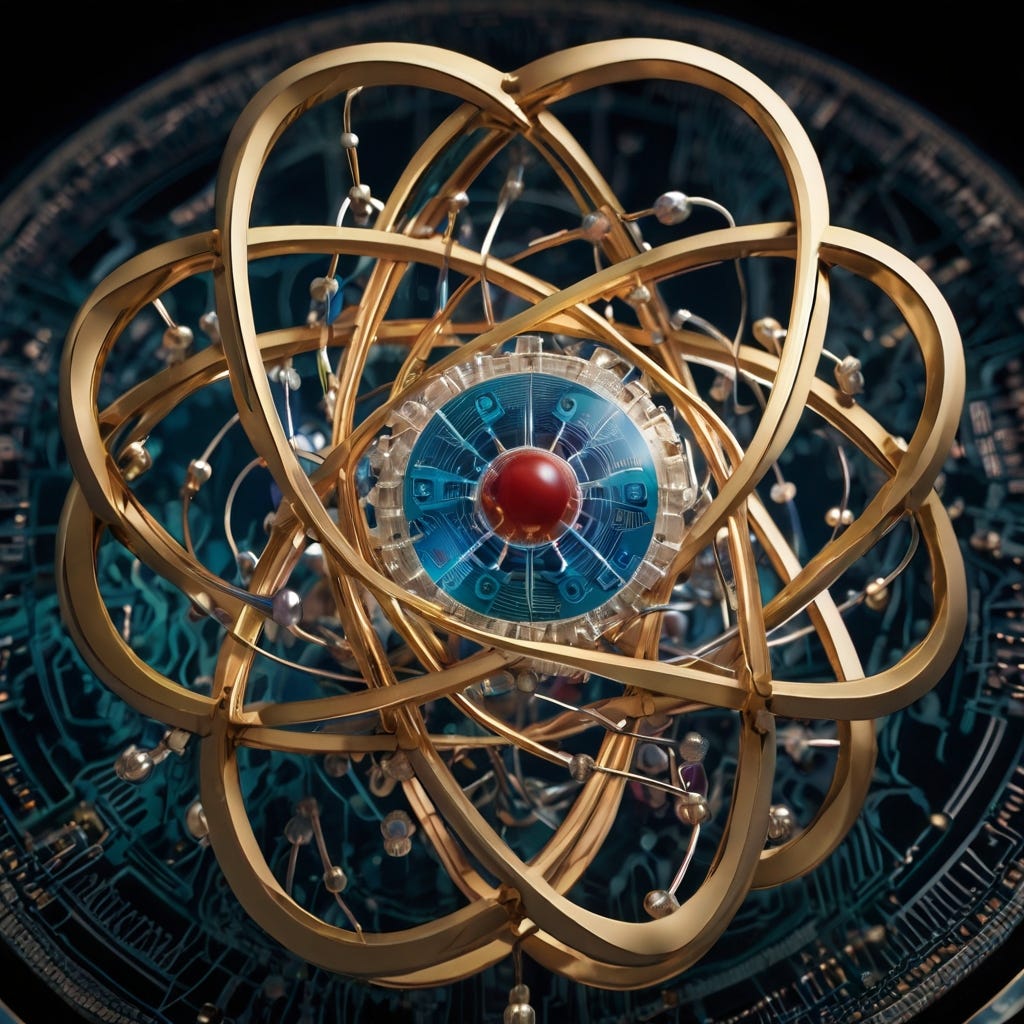
- Neutral atom qubits use individual neutral atoms (e.g., rubidium, strontium, ytterbium) as qubits.
- These atoms are trapped in vacuum chambers using arrays of tightly focused laser beams called optical tweezers or optical lattices.
- Lasers are also used for cooling the atoms, initializing their states, performing quantum gates (often by exciting atoms to Rydberg states), and reading out the qubit states.
- The qubit states are typically represented by two different hyperfine ground states of the neutral atom or a ground state and a highly excited Rydberg state.
- Single-qubit gates are performed by applying resonant laser pulses to individual atoms.
- Two-qubit gates are often implemented by exciting two nearby atoms to Rydberg states.
- In a Rydberg state, the atom's electron is far from the nucleus, making the atom much larger and enabling strong, long-range interactions (Rydberg blockade) with other Rydberg atoms.
- This blockade effect can be used to implement controlled-Z or CNOT gates.
- Readout is typically done by state-selective fluorescence, similar to trapped ions.
- Identical Qubits:
- Like ions, all atoms of the same species are identical.
- Scalability to Large Numbers of Qubits:
- Optical tweezer arrays can be scaled to trap hundreds or even thousands of atoms in 2D and 3D configurations.
- Strong, Controllable Interactions:
- Rydberg interactions provide strong and switchable long-range interactions for two-qubit gates.
- Reconfigurable Geometries:
- The positions of atoms in optical tweezer arrays can often be dynamically reconfigured, allowing for flexible qubit connectivity.
Atom Loading and Vacancy:
Loading atoms into optical tweezers is a probabilistic process, leading to initial vacancies in the array that need to be filled, which can slow down experiment cycle times.
Rydberg State Lifetimes and Decoherence:
While Rydberg interactions are strong, the Rydberg states themselves can have limited lifetimes and are sensitive to stray electric fields and blackbody radiation.
Laser Addressing and Control:
Precisely addressing and controlling individual atoms in a dense array with lasers requires sophisticated optical systems.
Maintaining Vacuum:
Similar to trapped ions, a high vacuum environment is necessary.
\
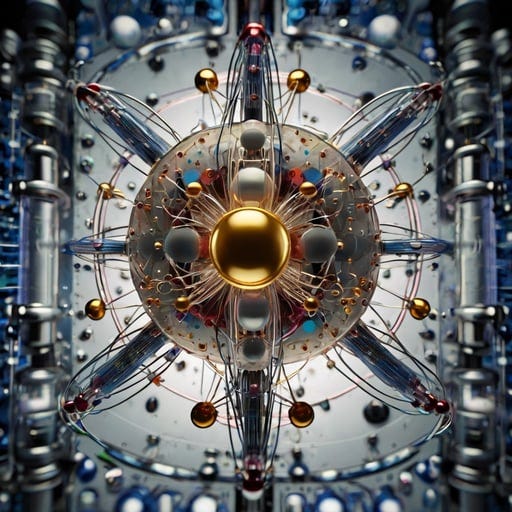
- Pasqal (merged with QuEra Computing):
- Develops neutral atom quantum processors for computation and simulation.
- Has demonstrated systems with hundreds of qubits.
- Focuses on applications in optimization, machine learning, and quantum simulation.
- QuEra, prior to the merger, demonstrated a 256-qubit programmable quantum simulator and published work on solving optimization problems. Pasqal has delivered systems to research institutions.
- The merged entity aims to deliver a 1000-qubit quantum computer in the near term and a fault-tolerant system within 5 years.
- Atom Computing:
- Develops neutral atom quantum computers using arrays of optically trapped atoms.
- Announced a 100-qubit system (Phoenix) and demonstrated coherence times exceeding 40 seconds using nuclear spin qubits in alkaline earth atoms.
- Focuses on achieving long coherence times and scaling qubit numbers.
- Recently announced a 1,225-site atomic array, with 1,180 populated by qubits, as a significant step in their roadmap.
- ColdQuanta (now Infleqtion):
- Develops a range of quantum technologies based on cold and ultracold atoms, including quantum computing, sensors, and signal processing.
- Offers a cloud-accessible neutral atom quantum computer (Hilbert).
- Focuses on both gate-based quantum computing and quantum simulation using neutral atoms.
- Developing a broad portfolio of quantum devices and applications.
- 1-3 Years:
- Systems with several hundred to over a thousand physical qubits.
- Continued improvements in gate fidelities, particularly for two-qubit Rydberg gates.
- Demonstration of quantum advantage on specific simulation and optimization problems.
- Development of more sophisticated control and readout techniques for large arrays.
- 3-5 Years:
- Scaling to thousands of qubits.
- Significant progress in implementing quantum error correction codes.
- Exploration of 3D atom arrays for higher qubit density and connectivity.
- 5-10 Years:
- Potential for early fault-tolerant systems based on neutral atoms.
- Further improvements in coherence, gate speeds, and overall system reliability.
- Broader adoption for scientific research and specialized industrial applications.
- Neutral atom qubits have emerged as a rapidly advancing platform, offering a compelling combination of scalability to large numbers of identical qubits and strong, controllable interactions.
- The ability to dynamically reconfigure qubit layouts is also a significant advantage.
- Key challenges include improving gate fidelities (especially Rydberg gates), managing vacancies in atom arrays, and extending coherence times, particularly for Rydberg states.
- Companies like the merged Pasqal/QuEra, Atom Computing, and Infleqtion are pushing the boundaries of this technology.
- The recent demonstration of very long coherence times by Atom Computing using nuclear spins is a promising development.
- If Rydberg gate fidelities can be consistently improved and error correction effectively implemented, neutral atoms could become a leading contender for building large-scale, fault-tolerant quantum computers, particularly well-suited for quantum simulation and optimization tasks.
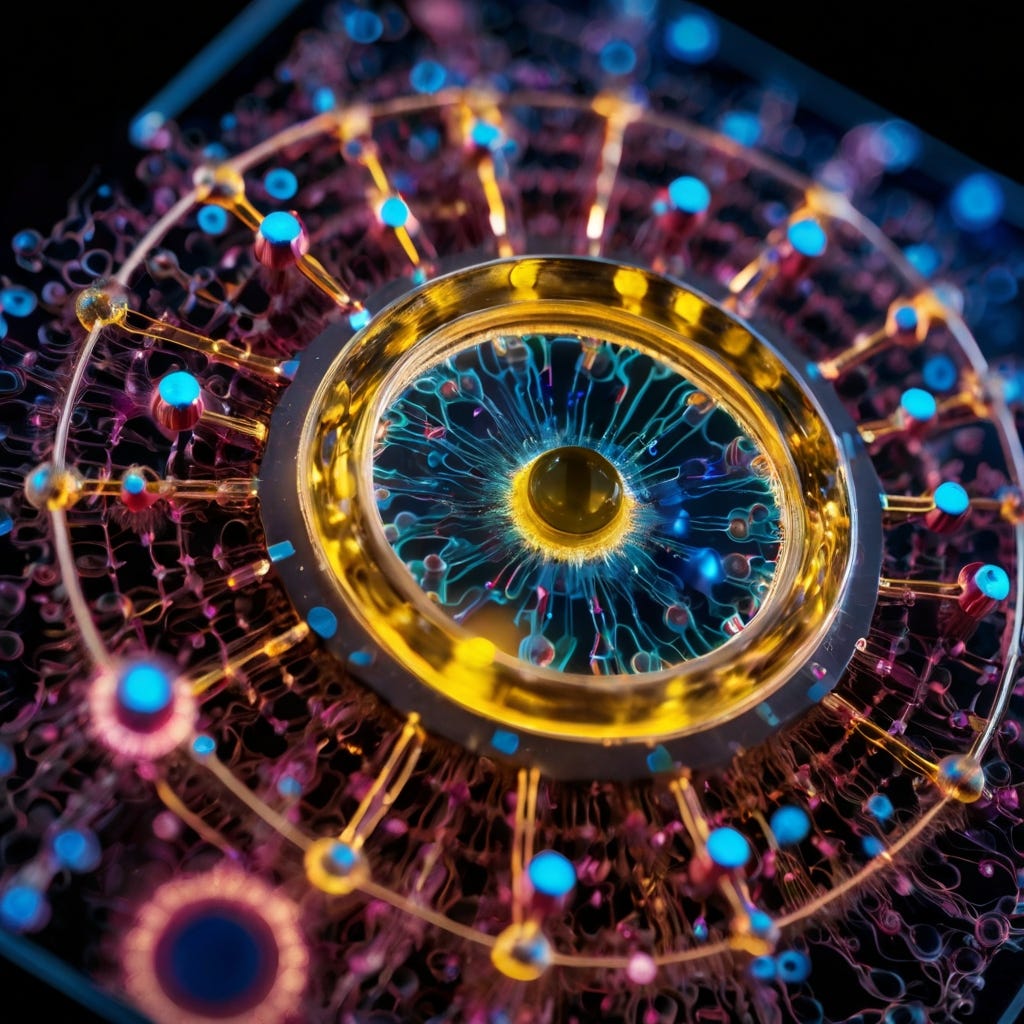
- Silicon spin qubits utilize the spin (an intrinsic quantum mechanical property) of individual electrons or electron holes confined in semiconductor nanostructures called quantum dots.
- These quantum dots are typically fabricated in silicon or silicon-germanium (Si/SiGe) heterostructures using techniques similar to those used for manufacturing classical CMOS transistors.
- Metallic gates on top of the semiconductor are used to confine electrons and control their energy levels and interactions.
- The two spin states (spin-up and spin-down) of an electron or hole represent the qubit states 0 and 1.
- Single-qubit gates are performed by applying microwave pulses to resonate with the spin frequency, which can be tuned by an external magnetic field or locally via electric fields (leveraging spin-orbit coupling or g-factor modulation).
- Two-qubit gates are typically achieved by temporarily lowering the potential barrier between adjacent quantum dots, allowing the wavefunctions of the electrons to overlap and interact via the exchange interaction.
- Readout is often performed using spin-to-charge conversion, where the spin state of the electron is correlated with whether it can tunnel out of the dot, which is then detected by a nearby charge sensor.
- Leveraging CMOS Manufacturing:
- The biggest advantage is the potential to use the mature and incredibly advanced silicon CMOS manufacturing infrastructure, which could enable massive scalability and integration.
- Small Qubit Size:
- Quantum dots are very small, allowing for high qubit density on a chip.
- Good Coherence (in enriched silicon):
- Electron spins in silicon can have long coherence times, especially when using isotopically purified silicon (28Si) to reduce magnetic noise from nuclear spins.
Fabrication Variability:
Quantum dot properties are extremely sensitive to tiny variations in their size, shape, and local electrostatic environment.
This "disorder" makes it challenging to produce large arrays of identical and controllable qubits.
Connectivity (Cross-talk):
While qubits can be placed close together, achieving high-fidelity, controllable interactions between distant qubits is difficult.
Wiring and control signal density also become challenging for large arrays.
Charge Noise:
Fluctuations in the surrounding semiconductor material can affect the electrostatic potential of the quantum dots, leading to decoherence.
Operating Temperatures:
While potentially higher than superconducting qubits, silicon spin qubits still typically require cryogenic temperatures (Kelvin or sub-Kelvin range) for optimal operation.
Complex Control Electronics:
Each qubit requires multiple gate voltages to be precisely controlled, leading to a complex control interface.
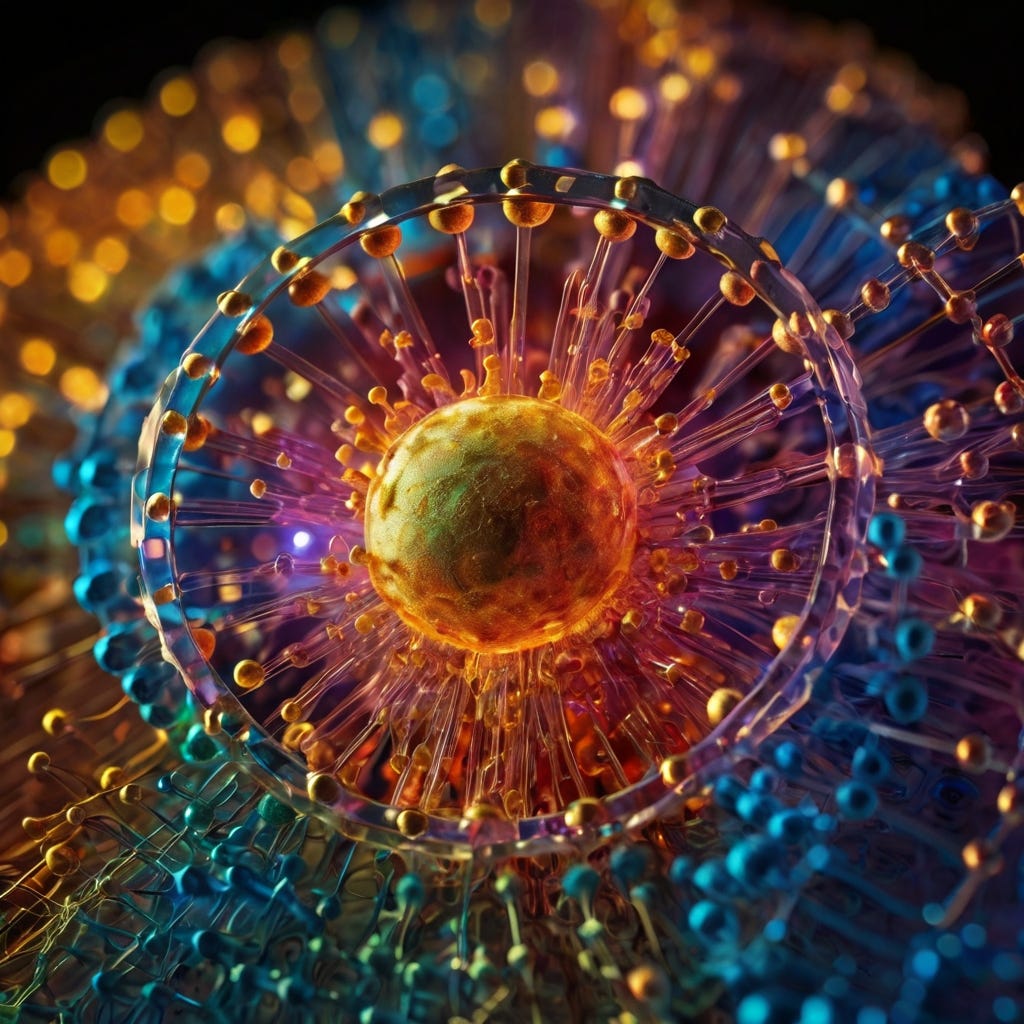
- Intel:
- Leveraging its advanced semiconductor manufacturing capabilities to develop silicon spin qubits.
- Has produced 12-qubit and multi-qubit chips (e.g., Tunnel Falls).
- Focuses on improving qubit uniformity, yield, and overall performance using industrial fabrication processes.
- Published research on operating spin qubits at higher temperatures (around 1 Kelvin).
- CEA-Leti (with CNRS):
- A French research institute with strong semiconductor fabrication capabilities, actively developing silicon spin qubits.
- Focuses on CMOS-compatible designs and has demonstrated multi-qubit devices.
- imec:
- A leading research hub in nanoelectronics and digital technologies, collaborating with academic and industrial partners on silicon spin qubit development.
- Focuses on leveraging advanced semiconductor processing for qubit fabrication and scalability.
- Quantum Motion:
- A UK-based company developing silicon spin qubits with a focus on industrial-scale manufacturing.
- Aims to create fault-tolerant quantum computers using a CMOS-compatible approach.
- SEEQC (while primarily superconducting, has explored hybrid approaches):
- SEEQC focuses on integrating classical control electronics with superconducting qubits, but the broader field of silicon-based quantum computing is relevant to their integration goals.
- Archer Materials:
- An Australian company developing a room-temperature silicon qubit technology (12CQ chip), which is a distinct approach within the broader silicon-based category.
- Their approach aims for operation at room temperature, which is a significant differentiator if successful.
- 1-3 Years:
- Continued improvements in qubit uniformity and yield through advanced fabrication techniques.
- Demonstration of higher fidelity single and two-qubit gates in small arrays (tens of qubits).
- Progress in integrating control electronics closer to the qubits.
- 3-5 Years:
- Development of chips with hundreds of spin qubits.
- Demonstration of basic error correction protocols.
- Further improvements in coherence times through materials engineering (e.g., widespread use of enriched silicon).
- 5-10 Years:
- Potential for systems with thousands to tens of thousands of spin qubits, leveraging CMOS scaling.
- Significant advancements in overcoming fabrication variability and achieving higher operating temperatures.
- If successful, this approach could lead to integrated quantum processors with co-packaged classical control, paving the way for large-scale fault-tolerant systems.
- Silicon spin qubits are a highly attractive long-term prospect due to their compatibility with existing CMOS manufacturing.
- This offers an unparalleled potential for scaling to the millions of qubits required for fault-tolerant quantum computing.
- However, the challenge of fabrication variability ("disorder") is a major hurdle that needs to be overcome.
- Significant progress is being made in improving material quality (e.g., isotopic purification of silicon) and developing more sophisticated fabrication and control techniques.
- Companies like Intel are heavily invested, and their manufacturing expertise is a key asset.
- If the uniformity and yield issues can be solved, and high-fidelity gates can be reliably demonstrated across large arrays, silicon spin qubits could become a dominant architecture due to their inherent scalability.
- The next decade will be crucial in determining if this promise can be realized.
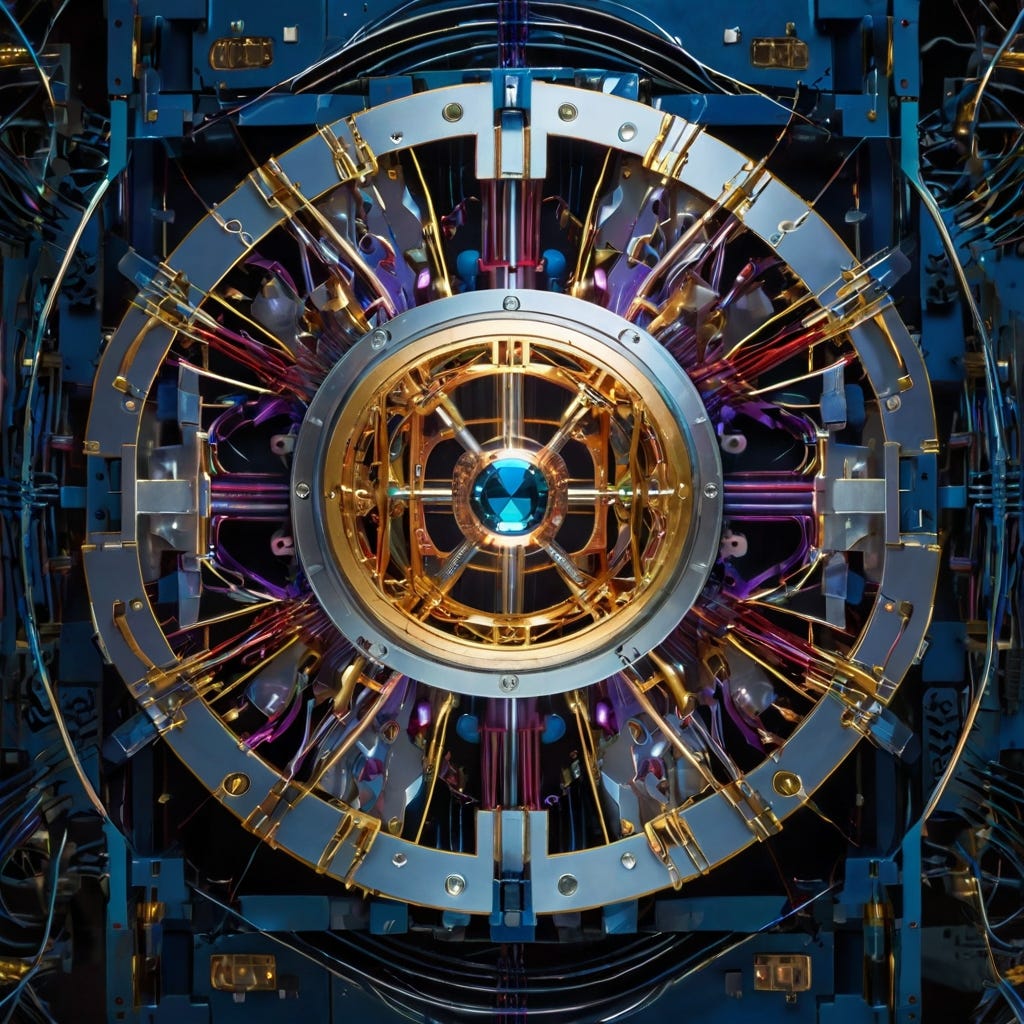
- Diamond NV center qubits utilize a point defect in the diamond crystal lattice, where a nitrogen atom substitutes a carbon atom, and an adjacent lattice site is vacant.
- The NV center has an electronic spin that can be used as a qubit. Ancillary nuclear spins (e.g., from the nitrogen atom itself or nearby carbon-13 atoms) can also be used as additional, more stable qubits or quantum memory.
- Green lasers are used to initialize and read out the electron spin state via spin-dependent fluorescence.
- Microwave fields are used to control the electron spin, and radiofrequency fields are used to control the nuclear spins.
- The spin states of the NV center's electron (typically ms=0 and ms=-1 states within the triplet ground state) represent the qubit.
- Microwave pulses are used for single-qubit rotations on the electron spin.
- Two-qubit gates can be implemented between the NV electron spin and nearby nuclear spins, or between two separate NV centers, often mediated by optical or magnetic interactions.
- Readout is performed by observing the fluorescence intensity of the NV center when illuminated with a green laser; the NV center fluoresces more brightly when in the ms=0 state than in the ms=-1 state.
- Room Temperature Operation:
- A significant advantage is that NV centers can operate as qubits at room temperature, with good coherence times for the electron spin (microseconds) and exceptionally long coherence times for nuclear spins (seconds or even minutes).
- High-Sensitivity Nanosensors:
- NV centers are extremely sensitive to magnetic fields, electric fields, temperature, and strain, making them excellent candidates for nanoscale sensing applications, which can also be leveraged for qubit control and readout.
- Solid-State Platform:
- Being a solid-state system offers potential for integration and device fabrication.
- Access to Nuclear Spin Qubits:
- Nearby nuclear spins provide robust, long-lived quantum memories that can be coupled to the electron spin qubit.
Scalability and Entanglement of Multiple NV Centers:
While individual NV centers are robust, efficiently entangling multiple spatially separated NV centers to build a large-scale quantum computer is a major challenge.
This often relies on optical entanglement schemes, which can be inefficient.
Fabrication and Placement Control:
Creating high-quality NV centers with precise placement and consistent properties in diamond is difficult.
Spectral Inhomogeneity:
Variations in the local environment of NV centers can lead to differences in their optical and spin transition frequencies, making it hard to address them with the same control fields.
Low Photon Collection Efficiency:
The efficiency of collecting photons emitted during readout can be low, impacting readout fidelity and speed.
Limited Two-Qubit Gate Fidelities (between distant NV centers):
Achieving high-fidelity entanglement between separate NV centers, especially over distances, remains a significant hurdle.
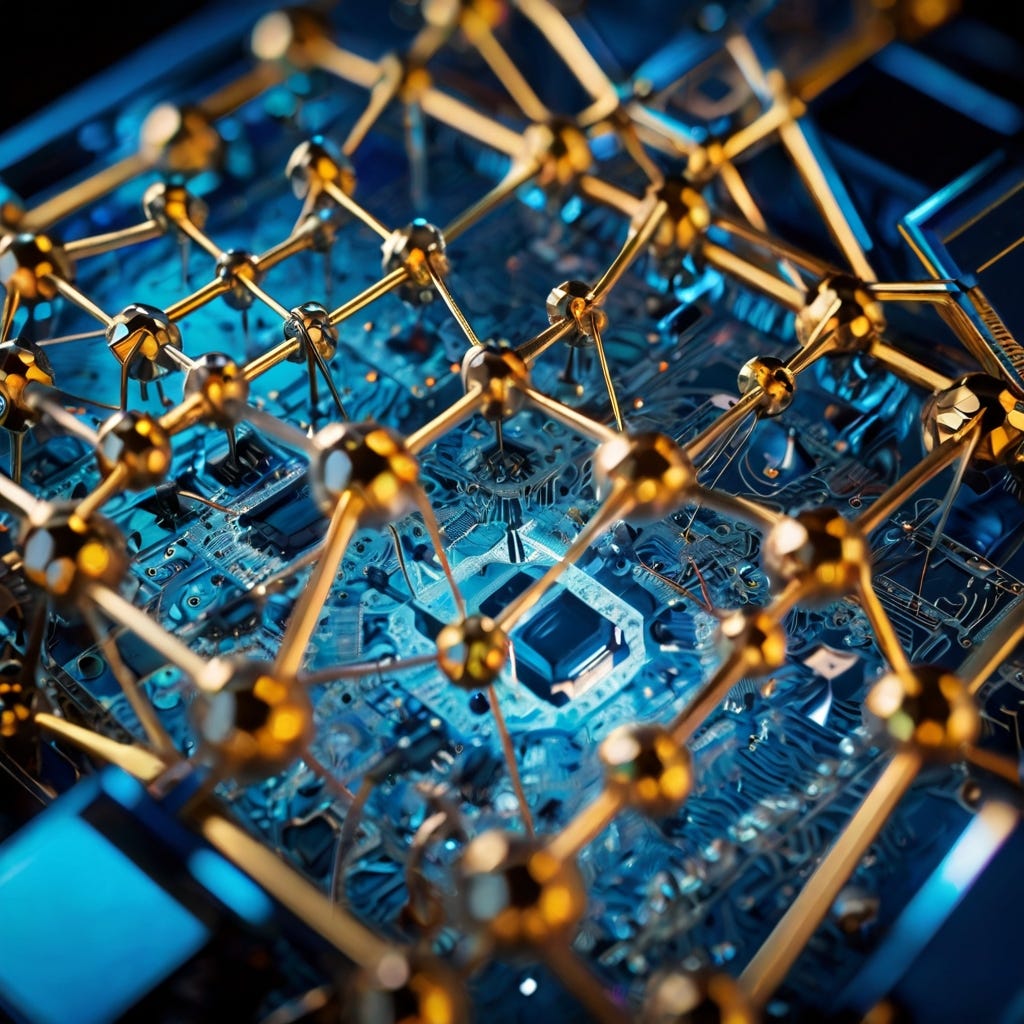
- Quantum Diamond Technologies Inc. (QDTI):
- While primarily focused on sensing applications of NV diamonds (e.g., medical imaging, materials analysis), the underlying physics and materials science are relevant to quantum computing.
- Element Six (De Beers Group):
- A leading supplier of high-quality synthetic diamond materials, including those engineered for NV center applications.
- Their advancements in diamond growth and defect engineering are crucial for the field.
- Various academic research groups and smaller startups:
- Much of the cutting-edge research in NV center quantum computing is still happening in universities and smaller, specialized companies.
- These groups are focused on demonstrating fundamental building blocks like high-fidelity entanglement and small multi-qubit registers.
- For example, groups at Harvard University, MIT, and Delft University of Technology have made significant contributions.
- 1-3 Years:
- Continued focus on improving the quality of NV centers and the efficiency of entangling remote NV centers.
- Development of small-scale multi-qubit registers (a few to tens of qubits) with high-fidelity control and readout.
- Advancements in NV-based quantum sensors and repeaters.
- 3-5 Years:
- Demonstration of more robust and scalable methods for entangling NV centers, potentially through improved photonic interfaces or hybrid systems.
- Development of small, specialized quantum processors or simulators based on NV centers.
- 5-10 Years:
- Potential for NV centers to excel in distributed quantum computing and quantum networks due to their optical interface and room-temperature operation.
- Development of hybrid quantum systems where NV centers act as memory or sensor components.
- Large-scale, general-purpose quantum computing based purely on NV centers faces significant scaling challenges compared to other architectures, but niche applications or roles within larger quantum systems are likely.
- Diamond NV centers offer unique advantages, particularly room-temperature operation and excellent coherence of associated nuclear spins, making them highly promising for quantum sensing and quantum networks.
- Their path to large-scale, general-purpose quantum computing is more challenging due to difficulties in scaling entanglement between distant NV centers.
- However, research is ongoing to overcome these hurdles, for instance, by using photonic interconnects or by coupling NV centers to other quantum systems.
- Companies in this space are often focused on both quantum computing and the more immediate applications in sensing.
- Element Six plays a crucial role as a materials supplier.
- The future of NV centers in computing might lie in specialized roles, such as nodes in a quantum internet or as highly coherent memory elements, rather than as the sole basis for a massive quantum processor.
- Their strength in sensing is already well-established and growing.
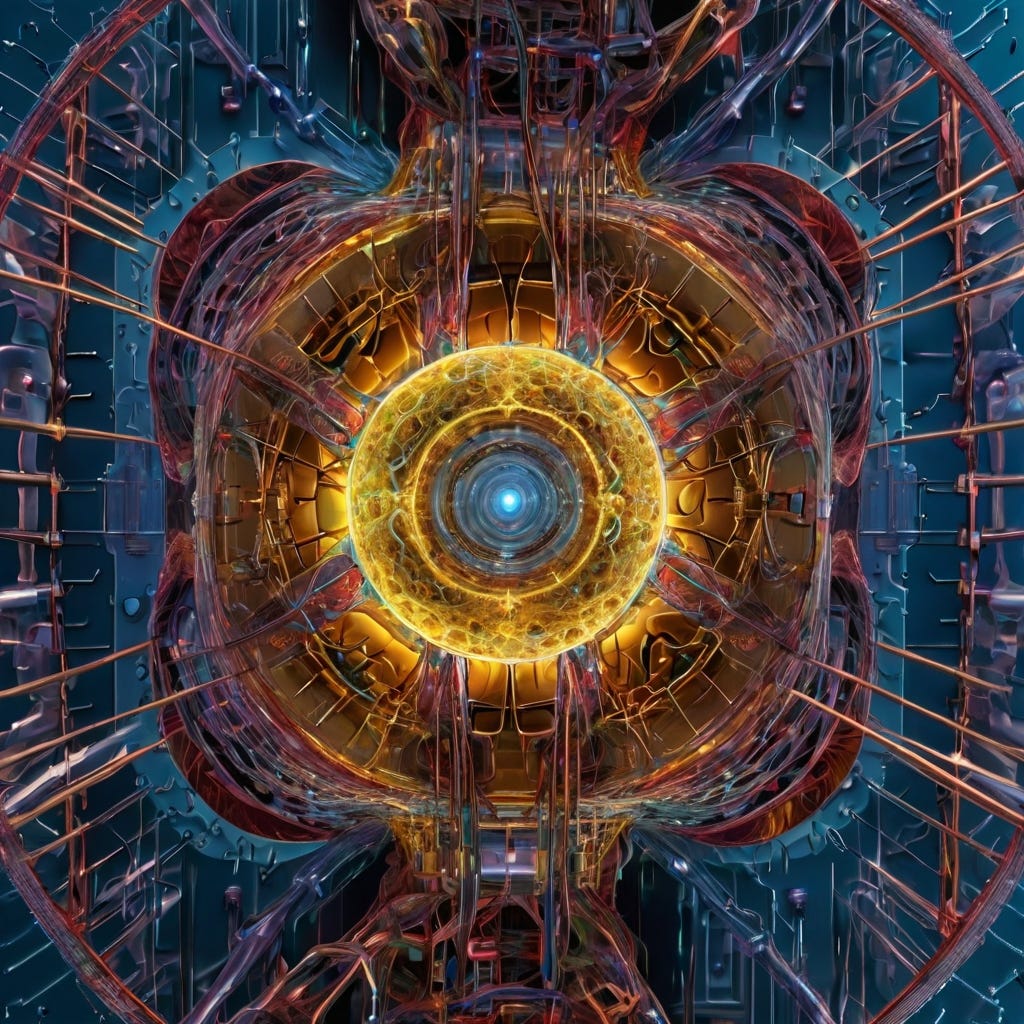
- Topological quantum computing is a more theoretical and nascent approach.
- The physical realization of topological qubits is still an active area of research.
- One prominent candidate involves creating and manipulating Majorana zero modes (MZMs), which are quasiparticles that are their own antiparticles and are predicted to exist at the ends of certain 1D topological superconducting wires or in 2D topological insulator/superconductor heterostructures.
- Physical systems being explored include semiconductor nanowires (e.g., indium arsenide or indium antimonide) coated with a superconductor (e.g., aluminum) in the presence of a strong magnetic field, as well as fractional quantum Hall systems.
- Topological qubits encode quantum information in a non-local way, using the collective properties of the system rather than the state of a single particle.
- For example, a pair of well-separated MZMs could define a qubit.
- The state of the qubit (0 or 1) is determined by the combined fermion parity of the two MZMs (whether they are occupied by an even or odd number of electrons).
- Quantum gates would be performed by physically braiding the worldlines of these Majorana quasiparticles in spacetime.
- This braiding operation is inherently robust to local noise because the information is stored non-locally.
- Readout would involve measuring the combined fermion parity, for example, through interferometry experiments.
- Inherent Fault Tolerance:
- The primary motivation for topological quantum computing is its predicted intrinsic robustness against local noise and decoherence.
- Because quantum information is encoded non-locally, local perturbations should not easily corrupt the qubit state.
- This could significantly reduce the overhead required for quantum error correction.
- Simplified Quantum Error Correction:
- If the physical qubits are already highly protected, the demands on quantum error correction codes could be much lower.
Conclusive Experimental Evidence of Majorana Zero Modes:
Despite many promising experiments, obtaining universally accepted, unambiguous proof of the existence and controllable manipulation of MZMs suitable for qubit operations has been extremely challenging and a subject of ongoing scientific debate and retraction.
Fabrication Complexity:
Creating the exotic material systems and nanostructures predicted to host topological qubits is highly complex and at the cutting edge of materials science and nanofabrication.
Controlling and Braiding Quasiparticles:
Developing the techniques to precisely control and braid these quasiparticles to perform quantum gates is a formidable experimental challenge.
Readout:
Developing reliable methods to initialize and read out the state of topological qubits.
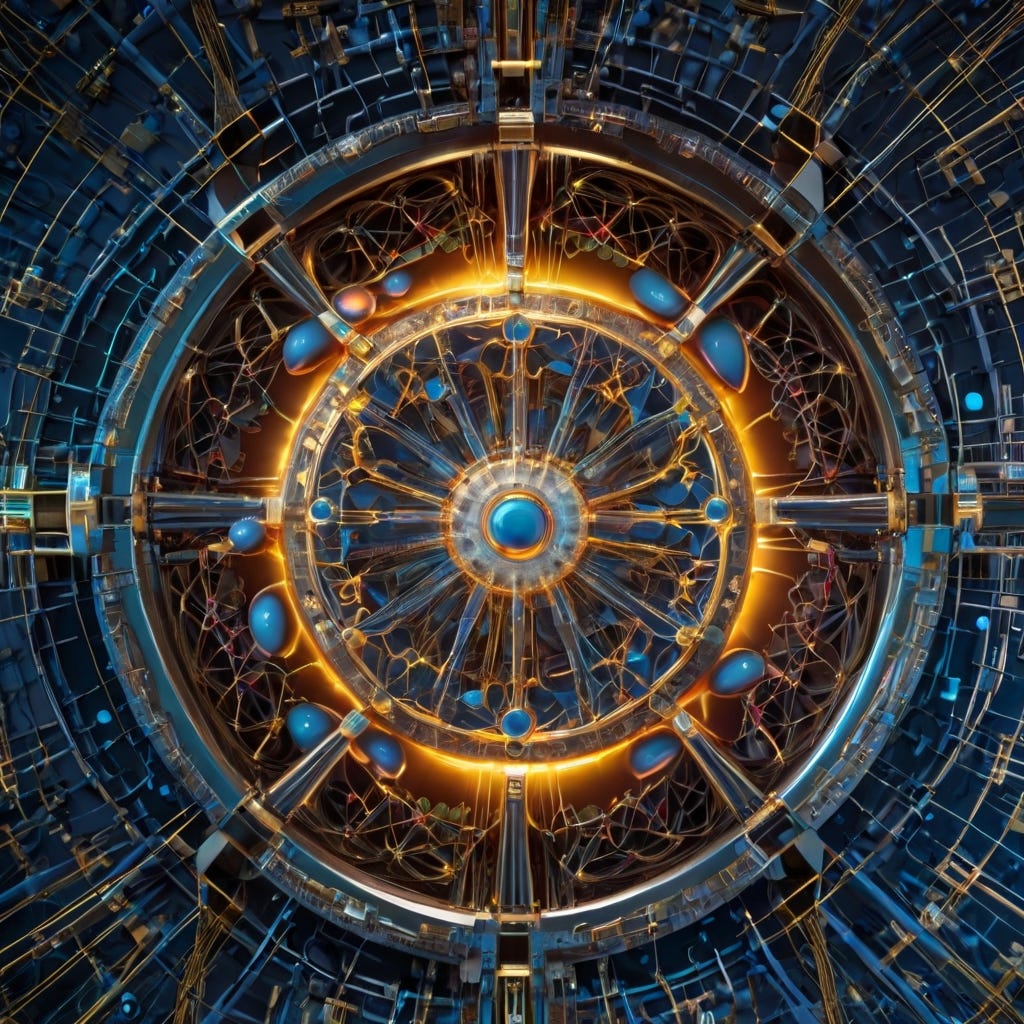
- Microsoft (Azure Quantum / Station Q):
- Has been a major proponent and investor in the topological qubit approach for many years, establishing dedicated research labs (Station Q).
- Has funded extensive research into materials systems (e.g., semiconductor nanowires with superconductors) predicted to host Majorana zero modes.
- Their research has produced many scientific papers, though some key results claiming the observation of MZMs have faced scrutiny and retractions, highlighting the immense difficulty of this approach.
- Microsoft continues to pursue this path, emphasizing its potential for long-term fault tolerance.
- Recent work has focused on new material platforms and alternative signatures for Majorana modes.
- Bell Labs (Nokia Bell Labs):
- Has a long history of pioneering research in condensed matter physics and has also explored aspects of topological quantum computing.
- Various academic research groups:
- A significant amount of research into topological qubits is conducted in universities worldwide, focusing on fundamental physics, materials science, and novel device concepts.
- Key institutions include the Niels Bohr Institute (University of Copenhagen), Delft University of Technology (QuTech), Purdue University, and many others.
- 1-3 Years:
- Continued intensive research to unambiguously demonstrate and characterize Majorana zero modes (or other suitable topological quasiparticles) and their non-Abelian braiding statistics.
- Focus on improving material quality and device fabrication.
- 3-5 Years:
- If definitive proof is achieved, the next step would be to demonstrate basic qubit operations (initialization, braiding for simple gates, readout) with a pair of topological qubits.
- This would be a major breakthrough.
- 5-10 Years:
- Development of small multi-qubit systems and demonstration of the predicted fault tolerance.
- This timeline is highly speculative and depends critically on fundamental breakthroughs in the near term.
- If successful, it would still likely be many years before topological qubits catch up to other architectures in terms of qubit count and system complexity, but their inherent fault tolerance could offer a significant advantage.
- Topological quantum computing remains a high-risk, high-reward endeavor.
- The promise of built-in fault tolerance is incredibly alluring, as it could sidestep many of the complex error correction challenges faced by other architectures.
- However, the fundamental physics is still being established, and conclusive experimental demonstration of the necessary ingredients has proven elusive.
- Microsoft has been the primary industrial driver, investing heavily in this long-term vision.
- The scientific community remains actively engaged, exploring new materials and experimental techniques.
- If the foundational challenges can be overcome, topological quantum computing could revolutionize the field.
- However, it is widely considered to be the furthest from practical realization among the leading architectures.
- Success in the next decade hinges on fundamental scientific breakthroughs.
- Even if fully fault-tolerant topological qubits take longer to develop, the research is pushing the boundaries of condensed matter physics and materials science, which could lead to other discoveries.
- The future of this approach is highly uncertain but holds transformative potential.
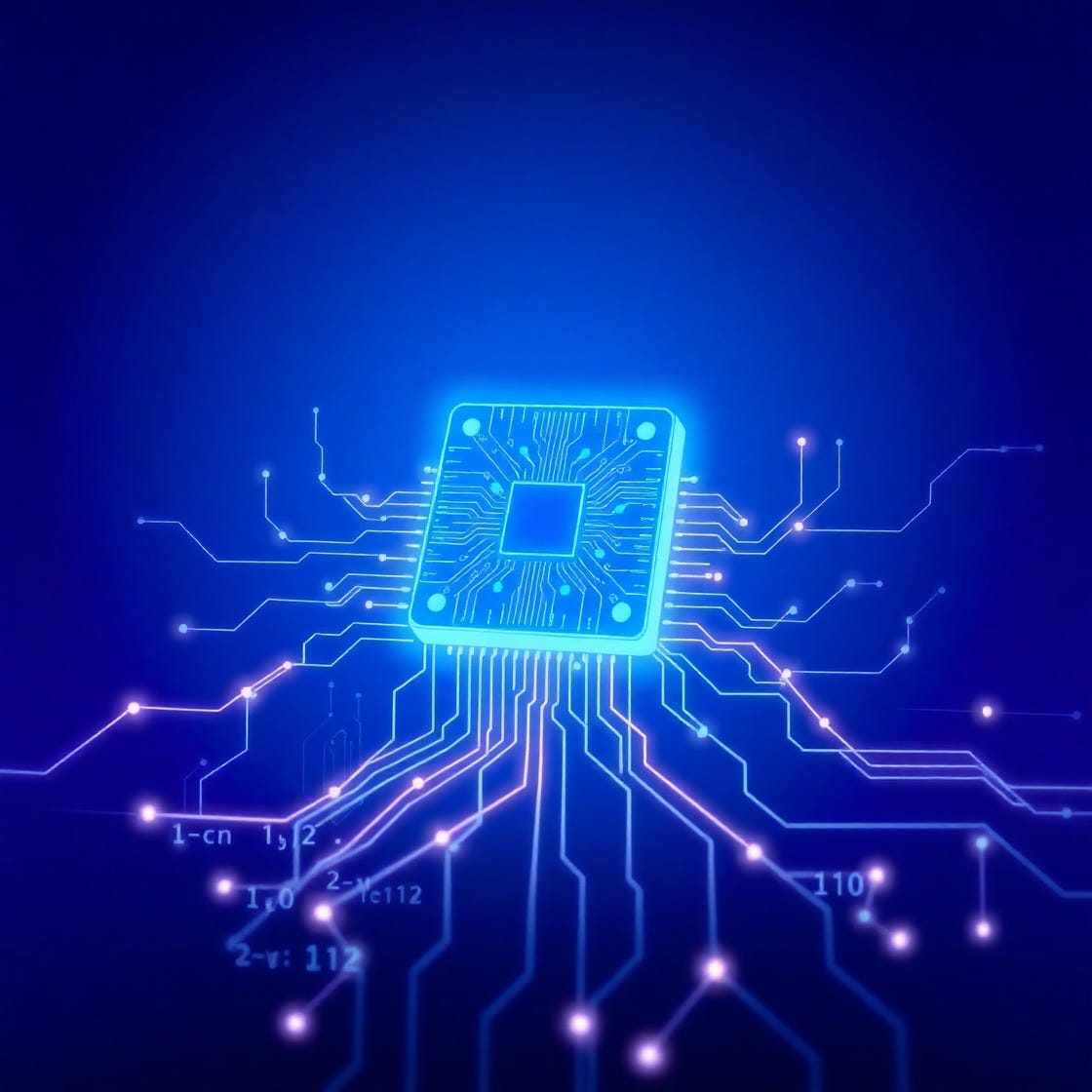
The field of quantum computing is a vibrant and rapidly evolving landscape, with multiple promising architectures vying to realize the dream of fault-tolerant quantum computation.
Each approach, from the relatively mature superconducting and trapped ion systems to the more nascent topological and diamond NV center platforms, possesses a unique set of strengths and formidable challenges.
\
Superconducting qubits, backed by tech giants like Google and IBM, have shown impressive progress in scaling and demonstrating quantum advantage for specific tasks. Their primary hurdle remains tackling decoherence and achieving robust error correction.
\
Trapped ions, championed by companies like Quantinuum and IonQ, boast superior qubit quality and coherence but face challenges in gate speed and scaling large systems.
\
Photonic qubits, pursued by PsiQuantum and Xanadu, offer the allure of room temperature operation (in part) and leveraging existing fabrication, but must overcome probabilistic gates and photon loss.
\
Neutral atoms, with companies like Pasqal/QuEra and Atom Computing making rapid strides, provide scalability to large numbers of identical qubits and strong interactions, but need to improve gate fidelities.
\
Silicon spin qubits, with Intel as a key player, hold the promise of massive scalability via CMOS manufacturing, but struggle with fabrication variability.
\
Diamond NV centers excel at room temperature and for sensing, but scaling entanglement for general-purpose computing is a significant barrier.
\
Topological qubits, primarily driven by Microsoft's long-term vision, offer the ultimate prize of inherent fault tolerance but are still in the early stages of fundamental scientific demonstration.
It is unlikely that a single architecture will win in all aspects or for all applications in the near term.
The race to fault-tolerant quantum computing is more likely a marathon with multiple stages:
Most Likely to Achieve Early Commercial/Scientific Advantage:- Superconducting qubits and trapped ions are currently the furthest ahead in terms of qubit numbers, gate fidelities, and available programming tools.
- They are likely to be the first to provide quantum advantage for specific, commercially relevant problems and to demonstrate early, small-scale fault-tolerant logical qubits.
- The strong industrial backing and engineering resources behind superconducting systems give them a slight edge in rapid scaling and system integration.
- Trapped ions, with their superior coherence, could excel in applications requiring high-precision control.
- Silicon spin qubits and photonic qubits hold significant long-term promise due to their potential to leverage existing, highly mature semiconductor manufacturing processes.
- If the fabrication variability issues for spin qubits can be overcome, or if photonic approaches can master deterministic operations and minimize loss at scale, these architectures could eventually lead to the millions of qubits required for complex, fault-tolerant quantum computers.
- PsiQuantum's ambitious plan with GlobalFoundries for photonics is a notable example of this scaling strategy.
- Topological qubits, despite being the furthest from practical realization, could be a game-changer if the fundamental scientific hurdles are cleared.
- Their inherent fault tolerance would dramatically simplify the path to large-scale quantum computation.
- However, this remains a very high-risk, long-term prospect.
It's also plausible that the future of quantum computing will involve hybrid systems that combine the strengths of different architectures.
For example, one might envision highly coherent memory qubits (like nuclear spins associated with NV centers or trapped ions) coupled with faster processing qubits (like superconducting or silicon spin qubits), or photonic interconnects linking modules of different qubit types.
Conclusion:For the next five to ten years, superconducting qubits and trapped ions are best positioned to deliver increasingly powerful quantum processors and demonstrate the initial stages of fault tolerance.
They have the most mature ecosystems and significant corporate and academic investment.
However, the scalability advantages of silicon spin qubits and photonics make them strong contenders for the longer term, provided their respective key challenges can be surmounted.
Neutral atoms are also rapidly progressing and could offer a compelling balance of qubit numbers and interaction control.
Ultimately, the "winning" architecture may depend on the specific application, and it's possible that multiple types of quantum computers will coexist, each optimized for different classes of problems.
The journey is as important as the destination, with the pursuit of quantum computing driving profound advancements across physics, materials science, and engineering.
The coming decade promises to be a period of thrilling innovation and discovery in this quantum revolution.
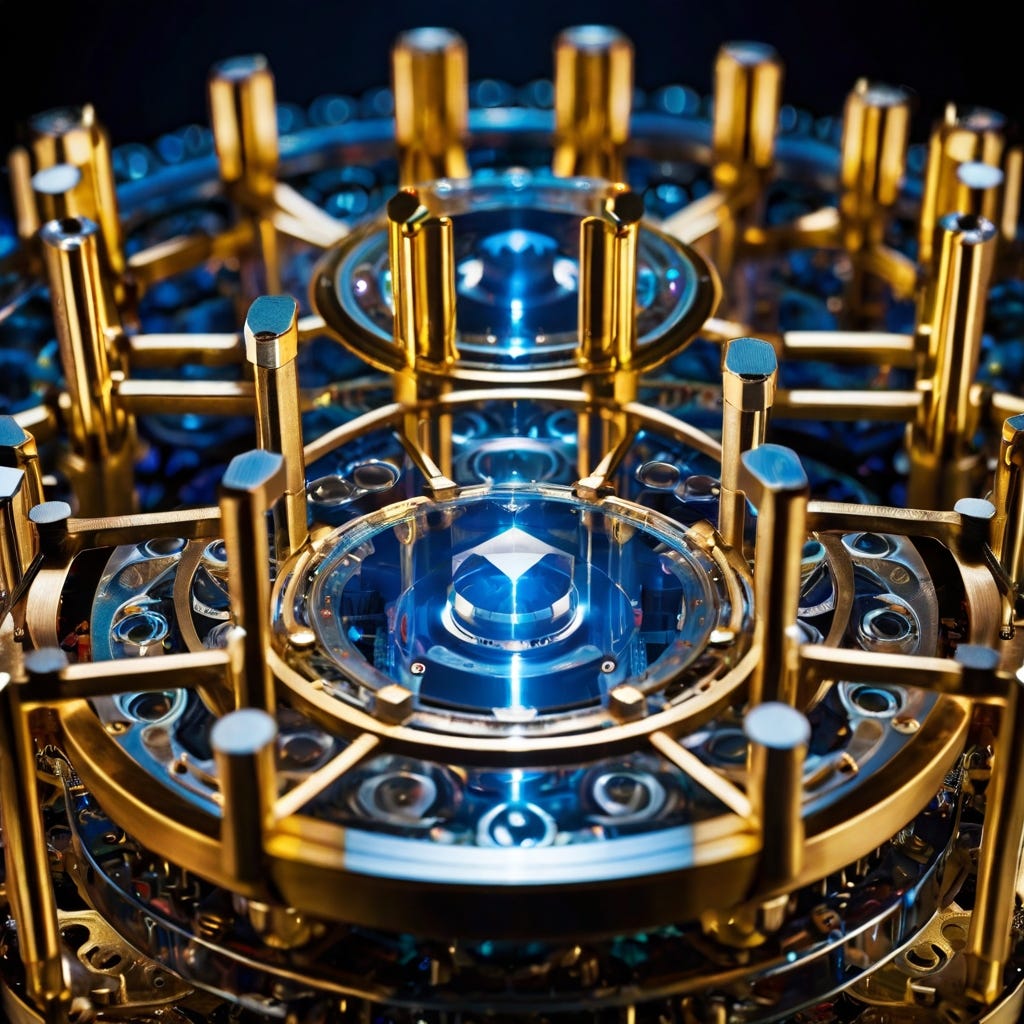
Nielsen, M. A., & Chuang, I. L. (2010). Quantum Computation and Quantum Information: 10th Anniversary Edition. Cambridge University Press.
A foundational and comprehensive textbook covering the principles of quantum computation and information.
\
Preskill, J. (2018). Quantum Computing in the NISQ era and beyond. Quantum, 2, 79. \ https://quantum-journal.org/papers/q-2018-08-06-79/ \n A key paper discussing the concept of Noisy Intermediate-Scale Quantum (NISQ) devices and the path forward.
\
National Academies of Sciences, Engineering, and Medicine. (2019). Quantum Computing: Progress and Prospects. National Academies Press. \ https://www.nap.edu/catalog/25196/quantum-computing-progress-and-prospects \n A comprehensive report assessing the progress and future directions of quantum computing.
Kjaergaard, M., et al. (2020). Superconducting Qubits: Current State of Play. Annual Review of Condensed Matter Physics, 11, 369-395. \ https://www.annualreviews.org/doi/abs/10.1146/annurev-conmatphys-031119-050605 \n Reviews the physics, fabrication, control, and challenges of superconducting qubit technology.
Google Quantum AI.
https://quantumai.google/ \n Official website for Google's quantum computing efforts, detailing their research, processors (like Sycamore), and publications.
Arute, F., et al. (Google AI Quantum) (2019). Quantum supremacy using a programmable superconducting processor. Nature, 574(7779), 505-510. \ https://www.nature.com/articles/s41586-019-1666-5 \n Google's landmark paper on demonstrating quantum supremacy with their Sycamore processor.
IBM Quantum. \ https://www.ibm.com/quantum \n Official website for IBM's quantum computing program, including access to their quantum systems, roadmap (e.g., Condor, Heron), and research.
Gambetta, J., et al. (IBM). IBM Quantum Developer Roadmap. \ https://research.ibm.com/blog/ibm-quantum-roadmap-2033 \n IBM regularly presents its quantum roadmap, detailing processor advancements and future plans (this link is an example of a roadmap update).
Rigetti Computing.
https://www.rigetti.com/ \n Official website of Rigetti, detailing their superconducting quantum computers and cloud services.
Intel Quantum Computing. \ https://www.intel.com/content/www/us/en/research/quantum-computing.html \n Intel's official page for their quantum computing research, including work on superconducting and silicon spin qubits.
Alibaba Cloud Quantum Computing. \ https://www.alibabacloud.com/quantum-computing \n Information on Alibaba's quantum computing initiatives via its Damo Academy (availability and specific content may vary by region).
Bruzewicz, C. D., et al. (2019). Trapped-ion quantum computing: Progress and challenges. Applied Physics Reviews, 6(2), 021314. \ https://aip.scitation.org/doi/full/10.1063/1.5088164 \n A review article on the principles, advancements, and challenges in trapped-ion quantum computing.
Quantinuum.
https://www.quantinuum.com/ \n Official website of Quantinuum (merger of Honeywell Quantum Solutions and Cambridge Quantum), detailing their trapped-ion quantum computers (e.g., H-Series) and software.
Pino, J. M., et al. (Quantinuum) (2021). Demonstration of the QCCD trapped-ion quantum computer architecture. Nature, 592(7853), 209-213. \ https://www.nature.com/articles/s41586-021-03318-4 \n Paper detailing the Quantum Charge-Coupled Device (QCCD) architecture used in Quantinuum's systems.
IonQ.
Official website of IonQ, showcasing their trapped-ion quantum computers and technology (e.g., IonQ Forte).
**Alpine Quantum Technologies (AQT). \ https://www.aqt.eu/
Official website of AQT, an Austrian company developing trapped-ion quantum computers.
Universal Quantum.
https://universalquantum.com/ \n Official website of Universal Quantum, a UK company developing modular trapped-ion quantum computers.
Wang, J., et al. (2020). Integrated photonic quantum technologies. Nature Photonics, 14(5), 273-284. \ https://www.nature.com/articles/s41566-019-0532-1 \n Reviews progress in integrated photonic platforms for quantum technologies, including computing.
PsiQuantum.
Official website of PsiQuantum, a company focused on building a fault-tolerant photonic quantum computer.
Xanadu.
https://xanadu.ai/ \n Official website of Xanadu, detailing their photonic quantum computers (e.g., Borealis), cloud platform, and software (PennyLane, Strawberry Fields).
Madsen, L. S., et al. (Xanadu) (2022). Quantum computational advantage with a programmable photonic processor. Nature, 606(7912), 75-81. \ https://www.nature.com/articles/s41586-022-04725-x \n Xanadu's paper demonstrating quantum computational advantage with their Borealis photonic processor.
ORCA Computing.
https://orcacomputing.com/ \n Official website of ORCA Computing, a UK company developing photonic quantum computers using quantum memory.
QuiX Quantum.
https://www.quixquantum.com/ \n Official website of QuiX Quantum, a Dutch company specializing in photonic quantum processors.
NTT Research - Physics & Informatics Laboratories. \ https://www.rd.ntt/e/phi/ \n Research arm of NTT, involved in photonic quantum computing and quantum networks.
Saffman, M. (2016). Quantum computing with atomic qubits and Rydberg interactions: progress and challenges. Journal of Physics B: Atomic, Molecular and Optical Physics, 49(20), 202001. \ https://iopscience.iop.org/article/10.1088/0953-4075/49/20/202001 \n A review of quantum computing with neutral atoms, focusing on Rydberg interactions.
Browaeys, A., & Lahaye, T. (2020). Quantum gas assemblers: new platforms for quantum simulation and quantum information. Nature Physics, 16(2), 132-142. \ https://www.nature.com/articles/s41567-019-0733-z \n Discusses platforms using arrays of neutral atoms for quantum simulation and information processing.
Pasqal.
https://www.pasqal.com/ \n Official website of Pasqal (which merged with QuEra), developing neutral atom quantum processors.
Ebadi, S., et al. (QuEra, now Pasqal) (2021). Quantum optimization of maximum independent set using Rydberg atom arrays. Science, 372(6549), eabg0607. \ https://www.science.org/doi/10.1126/science.abg0607 \n QuEra, before merging with Pasqal, made significant contributions to neutral atom quantum simulation and computation.
Atom Computing.
https://atom-computing.com/ \n Official website of Atom Computing, detailing their neutral atom quantum computers and achievements in coherence and qubit count.
Infleqtion (formerly ColdQuanta).
https://www.infleqtion.com/ \n Official website of Infleqtion, developing cold atom quantum technology, including neutral atom quantum computers (e.g., Hilbert).
Burkard, G., et al. (2021). Semiconductor spin qubits. Reviews of Modern Physics, 93(2), 025005. \ https://journals.aps.org/rmp/abstract/10.1103/RevModPhys.93.025005 \n A comprehensive review of semiconductor spin qubits, including silicon quantum dots.
Intel Newsroom - Quantum Computing. \ https://www.intel.com/content/www/us/en/research/quantum-computing.html \n Intel's news and updates on their quantum computing efforts, including silicon spin qubits like Tunnel Falls.
CEA-Leti Quantum Program. \ https://www.leti-cea.com/cea-tech/leti/english/Pages/Applied-Research/Key-Enabling-Technologies/Quantum-computing.aspx \n Information on the quantum computing research at CEA-Leti, a French research institute.
imec Quantum Computing. \ https://www.imec-int.com/en/quantum-computing \n Imec's research programs on leveraging semiconductor technology for quantum computing.
Quantum Motion.
Official website of Quantum Motion, a UK company developing silicon spin qubits.
Archer Materials
https://archerx.com.au/ \n Official website of Archer Materials, developing the 12CQ room-temperature silicon qubit.
Childress, L., & Hanson, R. (2013). Diamond NV centers for quantum computing and quantum networks. MRS Bulletin, 38(9), 826-831. \ https://www.cambridge.org/core/journals/mrs-bulletin/article/diamond-nv-centers-for-quantum-computing-and-quantum-networks/E6B352EA9350A94C9A0E0723E046B8A1 \n Discusses the use of diamond NV centers for quantum computing and quantum networks.
Awschalom, D. D., et al. (2010). Diamond nitrogen-vacancy centres: a new platform for quantum technology. Proceedings of the IEEE, 98(5), 799-812. \ https://ieeexplore.ieee.org/document/5420290 \n An overview of NV centers in diamond as a platform for various quantum technologies.
Element Six. \ https://www.e6.com/en/applications/quantum \n Leading supplier of engineered diamond materials for quantum applications, including NV diamond.
Quantum Diamond Technologies Inc. (QDTI).
https://www.qdti.com \n Company developing applications for NV diamond, primarily in sensing, which shares technology with qubit development.
Sarma, S. D., et al. (2015). Majorana zero modes and topological quantum computation. npj Quantum Information, 1(1), 15001. \ https://www.nature.com/articles/npjqi20151 \n A review article on Majorana zero modes and their potential for topological quantum computation.
Microsoft Azure Quantum. \ https://azure.microsoft.com/en-us/solutions/quantum-computing/topological-qubits/ \n Microsoft's page detailing their long-term research efforts into developing topological qubits.
Nokia Bell Labs - Quantum Computing Research. \ https://www.bell-labs.com/research-innovation/focus-areas/ \n Bell Labs has historically conducted research relevant to condensed matter physics and topological states (search within for quantum or related physics).
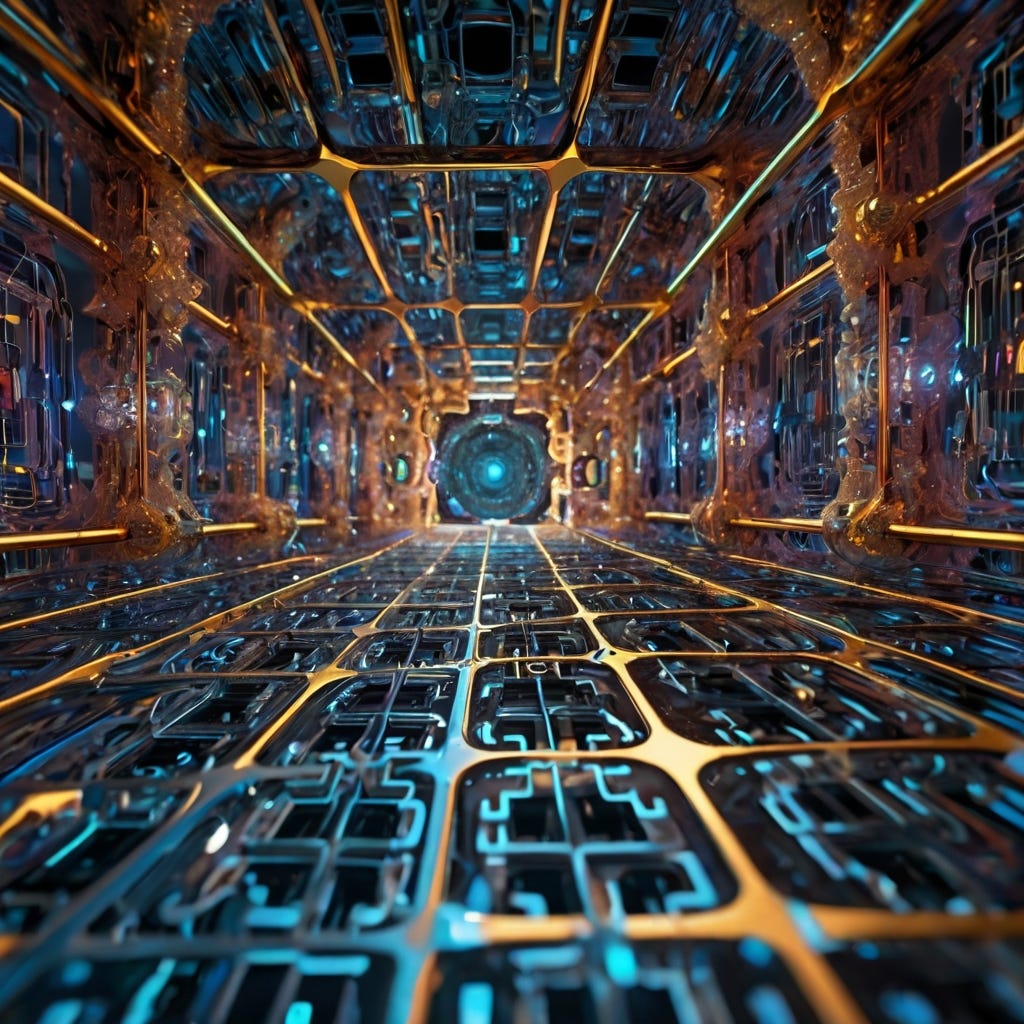
:::info All Images were AI-Generated By the author with Leonardo AI at the following link:
:::
:::info Google AI Studio was used in this article, it is available at this link:
:::
\
- Home
- About Us
- Write For Us / Submit Content
- Advertising And Affiliates
- Feeds And Syndication
- Contact Us
- Login
- Privacy
All Rights Reserved. Copyright , Central Coast Communications, Inc.